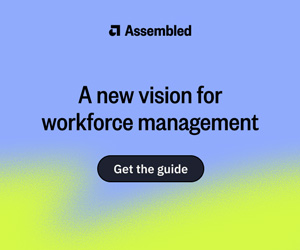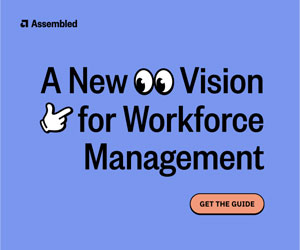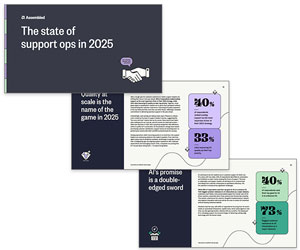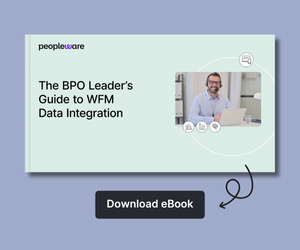Workforce flexibility is essential for businesses, but it must be carefully managed. While flexibility helps align staffing levels with demand, it also affects employees.
True flexibility balances business needs with advisor preferences to create a fair and effective working environment.
To find out more, we asked Vatsana (Vosy) Gordon, ModusRP, to explain flexibility in schedules and how to avoid the flexibility trap.
Video: Creating Flexible Schedules
Watch the video below to hear Vosy explain flexibility in schedules and how to avoid the flexibility trap:
With thanks to Vatsana (Vosy) Gordon, ModusRP, for contributing to this video.
This video was recorded when Vosy was a panellist on our 2022 webinar ‘How to Build Flexibility into Call Centre Schedules‘
What Do We Mean by Flexibility?
Flexibility has two key elements:
- Operational Flexibility – Ensuring the right number of staff are available at the right time to meet demand.
- Employee Flexibility – Giving advisors schedules that work for them while still meeting business goals.
Striking this balance is the ideal approach – one that supports both business efficiency and employee well-being, as Vosy explains:
“Flexibility has two elements. From a planning perspective we are focused on supply and demand to get it absolutely spot on. But there are people involved. It’s not just numbers.
You need to get that balance that gives you the flexibility you need as a business and flexibility for your advisors. That is the holy grail of the flexibility that we’re talking about.”
How to Avoid the Flexibility Trap
“There’s also something called a flexibility trap, and that refers to putting too much flexibility into your schedules.”
Contact centres should ask themselves:
- How much flexibility is actually needed?
- How volatile is demand?
- Are we just trying to fill unpopular shifts?
“In most businesses, including the majority of businesses that I’ve worked in and supported, you’ll have quite static profiles. So what is it that you’re trying to achieve with the flexibility?
The likelihood is it’s those unpopular hours – the evenings and weekends that everybody hates working. So that’s what you’re trying to achieve, but some people might want to do those.”
In most industries, demand is fairly stable, meaning extreme flexibility isn’t always necessary.
Instead of forcing unpopular shifts onto everyone, contact centres can tailor schedules to employees who actually prefer those hours.
Building Smarter Schedules
A smarter approach to scheduling involves:
- Identifying employees who prefer traditional hours (e.g., Monday-Friday, daytime shifts).
- Using these employees as fixed schedule building blocks.
- Layering in flexibility where needed, rather than applying it across the board.
“And when you’re building your schedules, we need to respect that some people don’t want to be flexible. So maybe you want to build your schedules with those people in mind.
Your really good advisors, who do a great job, but they want to work Monday to Friday, or they want to work in the day. How do we build those schedules in as our building blocks?
We can then work on how much flexibility we need, and start to put the rest of the the schedules in, and understand what kind of flexibility that we need.”
By structuring schedules around both business needs and employee preferences, contact centres can create a more sustainable and effective approach to workforce flexibility.
If you are looking for more great insights from the experts, check out these next:
- How to Use Personas in Customer Journey Mapping
- An Introduction to The CX Chain
- How to Avoid the Fairness Trap When Creating Schedules
- Key Steps to Design for Sentiment
Author: Robyn Coppell
Reviewed by: Hannah Swankie
Published On: 1st Nov 2022 - Last modified: 12th Jun 2025
Read more about - Video, Scheduling, Shift Patterns, Vatsana Gordon, Videos, Workforce Management (WFM)




















